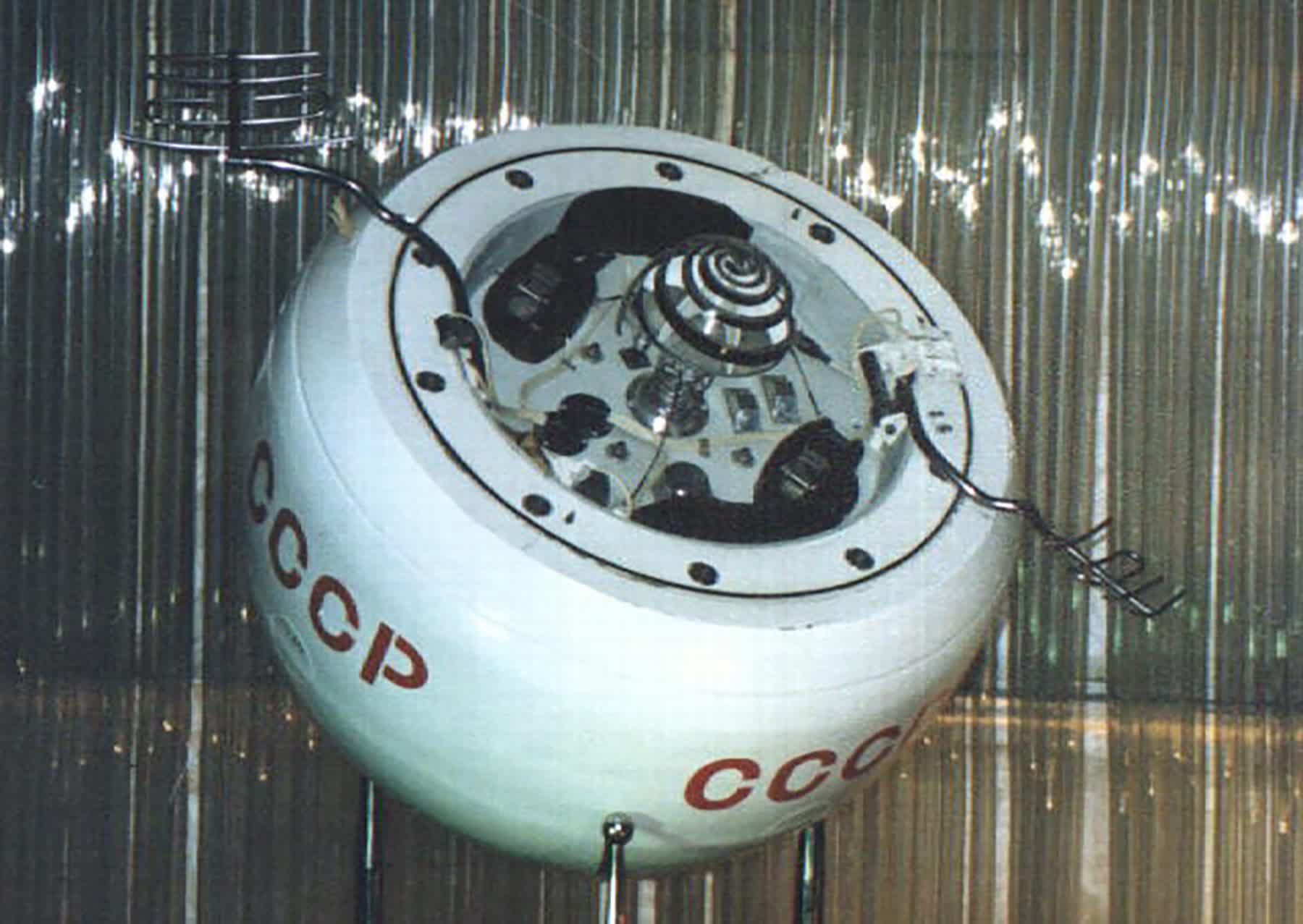In brief: A space probe that has orbited Earth for over half a century is expected to reenter the atmosphere within the next week. Although the failed lander might impact Earth's surface at least partially intact and at high speed, it has a low chance of hitting a populated area.

The Cosmos 482 lander (also known as Kosmos 482) has been in a decaying orbit since the Soviet Union launched the spacecraft in a failed 1972 mission to Venus. Depending on numerous factors like space weather and its angle of approach, the 1,091-pound lander will likely impact the surface of Earth at about 150mph between May 7 and May 13, with May 10 the most likely date.
Since the lander was designed to withstand Venus' extremely hot and dense atmosphere, it might reenter Earth's atmosphere without breaking apart. Furthermore, its estimated impact area, between the 52nd parallels north and south, encompasses most of North and South America, all of Africa, and much of Europe and Asia. Still, the probe will most likely hit the ocean.

The Soviet Union's Venus missions typically began by launching into low Earth orbit from which an additional rocket burn directed the spacecraft toward Venus. Probes that failed to escape Earth's orbit were renamed Cosmos. Much of Cosmos 482 reentered Earth's atmosphere soon after its mission failed. However, the probe, which is identical to the successful Venera 8 craft that launched a few days earlier, entered an orbit that has slowly decayed over 53 years.
Venus, Earth's closest planetary neighbor, was an early target of the space race between the United States and the Soviet Union from the 1960s through the 80s. Both countries launched numerous missions to the planet, but most early attempts failed.

NASA's 1962 Mariner 2 was the first successful flyby mission to Venus, while the USSR's 1965 Venera 3 was the first craft to transmit information from the planet's surface. In 1975, the Soviet Venera 9 probe sent the first image of Venus' surface (above), and the first image of the surface of another planet.
Although Venus' size, mass, and gravity closely resemble Earth's, an extreme greenhouse effect makes its surface incredibly hot and dense. Temperatures there can exceed 800 degrees Fahrenheit, and the surface pressure is 92 times higher than Earth's at sea level, or similar to the pressure 1 km below Earth's oceans. Probes that reach Venus' surface usually last only a few minutes before melting.
A Soviet probe launched decades ago toward Venus may soon crash back into Earth